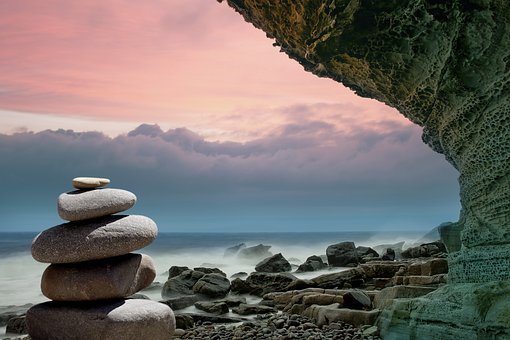“The most desperate are the most beautiful songs and I know some immortal ones which are pure sobs” these verses by Alfred de Musset written in 1835 could perfectly define the blue born of the suffering of millions of enslaved Africans in the United States of America.
If it is a French poet who best defines this music, it is another Frenchman, less a poet that one, who will define the administrative status of slaves.
In 1685, under Louis XIV, the son of Colbert, taking over the responsibility of his father, wrote the Black Code. For the first time, a State admits and regulates the assimilation of human beings to movable property having a market value.
At the same time, another Frenchman, Franquet de Chaville, speaks of slaves in his book Voyage en Louisiane: “They are the ones who do all the work in the colonies and whom we use as beasts of burden. And after we they are used, they are resold. I have found this maxim so opposed to the good nature of man that I regard it as the mark of a base and sordid soul which believes that man has no connection with man only for his needs and for his only utility.
Good souls like this Franquet de Chaville are not legion. In Louisiana, between the 17ᵉ and the 19ᵉ centuries, millions of slaves were used to work on the plantations and make the fortune of their owners. Few dare to escape.
Unlike the Caribbean islands which offer their mountains as refuges, Louisiana offers only its bayous, marshes infested with crocodiles. Those who survived then found themselves confronted by the Indians.
Alas, among the Indians who collect them, many are slavers
The fate of the African fugitives therefore depends on the Indian tribe on which they fall. The Catawbas in South Carolina are the fiercest. They ruthlessly hunt down fugitives on behalf of slave traders. They have a perfect knowledge of the marshes.
In the Appalachian valleys, the Chirokees buy slaves to cultivate their corn fields. They will take them when they are deported to Oklahoma.
To get out of it, it is better to fall on Seminoles
Moreover, the word Seminole comes from an Indian declension of the word cimarron, which in Spanish designated the slaves of the Caribbean who took refuge on the peaks to reconstitute free and warlike communities there.
In Florida, the Seminoles are made up of survivors, decimated Indian tribes, as well as runaway African slaves.
When the Seminole Indians take in the Africans, they find that they share the same animistic religion based on the spirits of nature. But as the spirits are linked to the territory and as the Africans do not know America, the Seminoles propose to be their guides in order to initiate them.
During ceremonies in which we share the pipe, but also spiritual invocations and dances and songs.
7 mins
This is how the blues was born, an Indian chant sung by Africans: the Indian lament and the eternal African.
The Seminoles become the tribe that will mix African animism with Native American spirituality. Benin voodoo magic or shamanism came 20,000 years earlier from Siberia. They are probably the witnesses of the first blues. They will take refuge further and further in the South to escape the English and they will end up settling permanently in the most mixed city in the world, New Orleans, which will be the capital of the most flamboyant nations, the black Indians.
The origins of the blues: Seminole Indians and runaway African slaves

